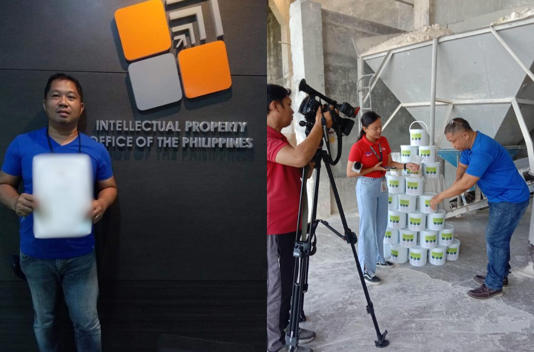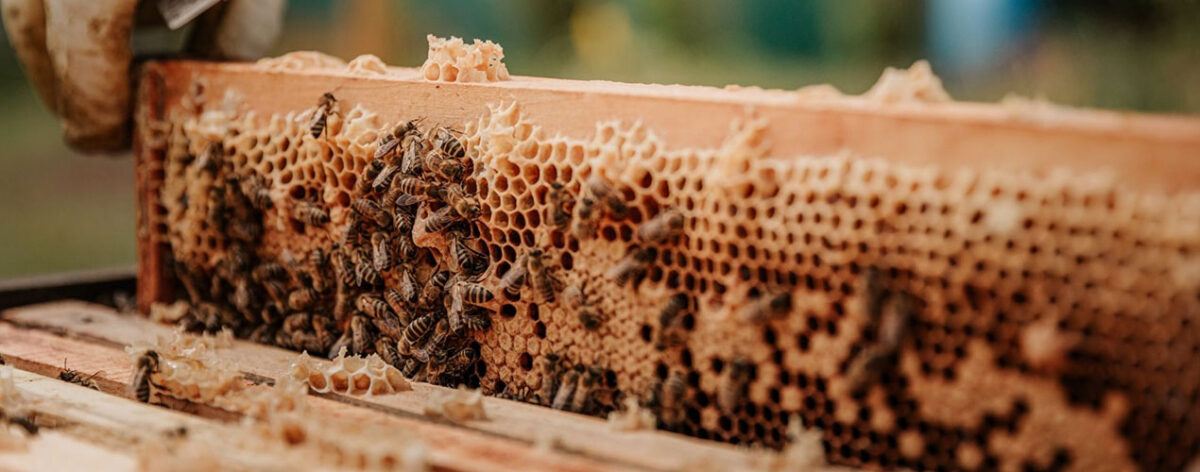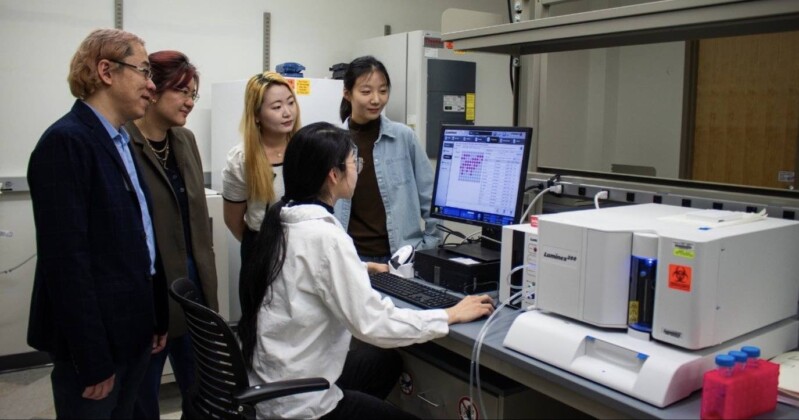Revolutionary New ‘Living Plastic’
Scientists claim to have developed a method to enhance the durability and biodegradability of plastics by incorporating bacterial spores that have undergone evolutionary selection. This innovation, dubbed “living plastic,” can decompose within approximately five months without requiring additional microbial assistance.
Led by researchers from the University of California San Diego (UCSD), the team engineered this living plastic using thermoplastic polyurethane (TPU), a common material in various consumer products like footwear and cushions.
The plastic contains bacterial spores that, when exposed to nutrients found in compost, activate and break down the material at the end of its life cycle. Specifically, the spores originate from Bacillus subtilis, a strain known for its ability to degrade plastic polymers.
By utilizing bacterial spores instead of active bacteria, which are more resilient to harsh conditions, the team ensured the material’s stability. This biodegradable plastic was created by combining Bacillus subtilis spores with TPU pellets and extruding them into thin strips.
In experiments conducted in both microbial-rich and sterile compost environments, the plastic strips degraded by up to 90% within five months without the presence of additional microbes. This self-degradation property enhances the versatility of the technology, making it applicable even in microbe-free settings.
While further research is needed to assess any residual effects after degradation, the team believes that any remaining bacterial spores are likely harmless. Bacillus subtilis is a safe strain commonly used in probiotics and agriculture.
The study, published in Nature Communications, also highlights the evolutionary refinement of the bacterial spores to withstand the high temperatures involved in TPU manufacturing. This process not only enhances the material’s mechanical properties but also ensures its suitability for industrial-scale production.
Moving forward, the researchers aim to expand the range of biodegradable materials that can be produced using this technology. However, the widespread adoption of such innovations hinges on their cost-effectiveness and scalability in mass production—a challenge that the team is actively addressing.




